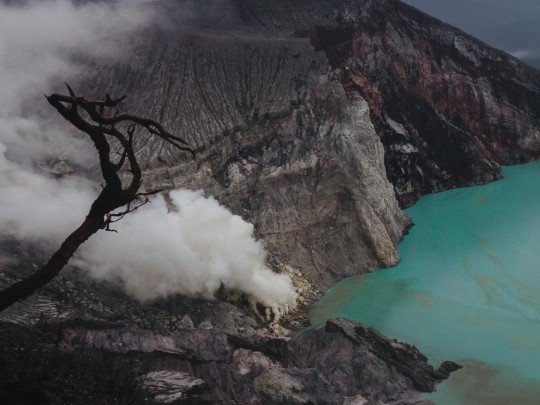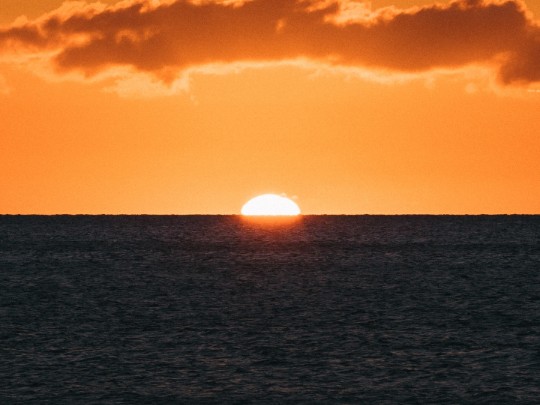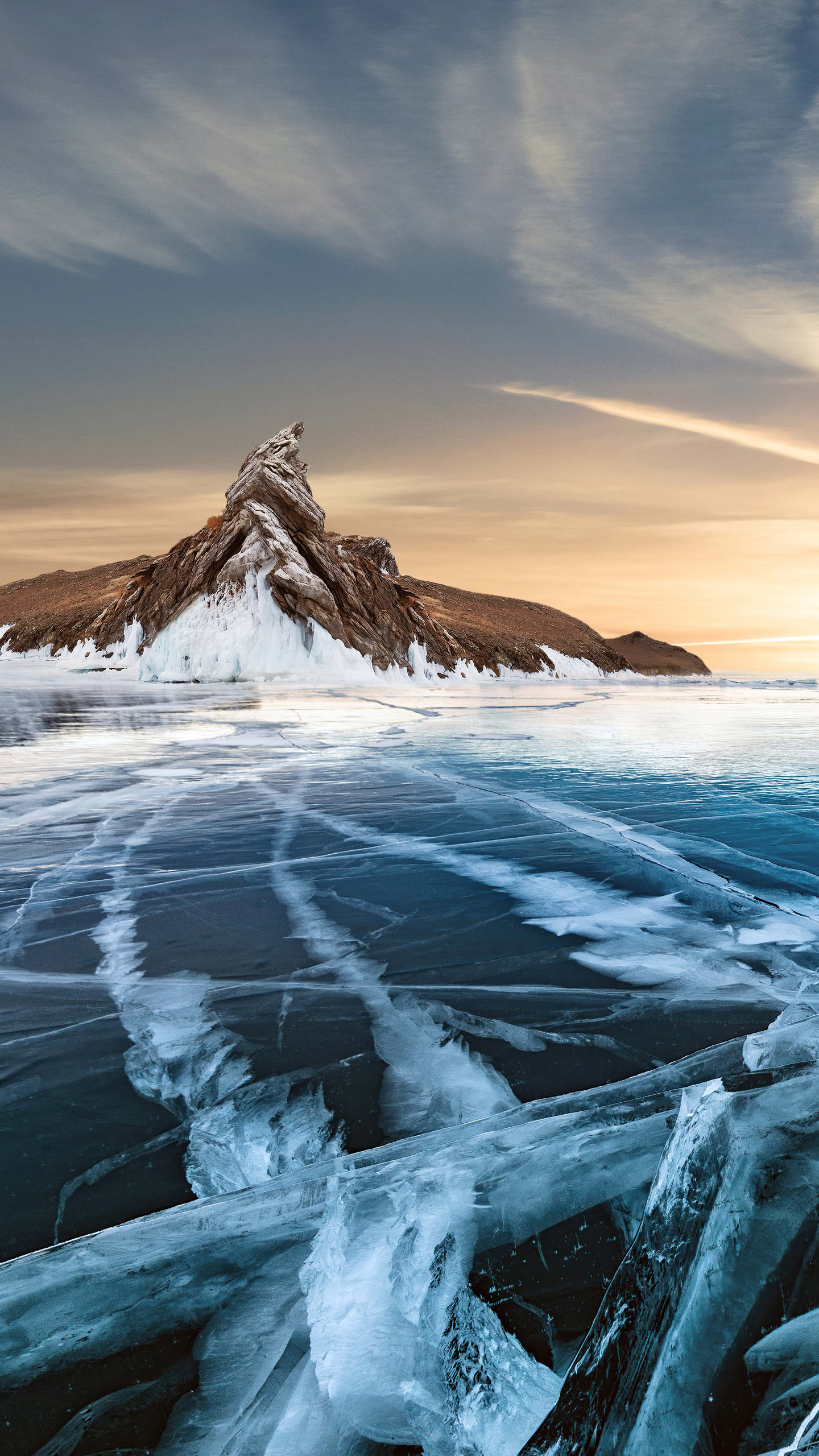Ireland's Climate Crossroads: Understanding Icebergs, Glaciers, and the Future of Our Seas

A Frozen World of Wonder and Worry
The sight of ice – whether the glassy surface of a frozen lake here in Ireland during a particularly harsh winter, or the colossal scale of a distant iceberg – is undeniably captivating. It’s a testament to nature's artistry, a frozen sculpture crafted over millennia. But beyond the breathtaking beauty lies a world of fascinating science and, increasingly, a stark warning about our changing climate.
Icebergs: Giants of the Ocean
Let's focus on icebergs. These aren't just picturesque sights; they're massive chunks of freshwater ice, calved from glaciers or ice shelves – essentially, rivers of ice flowing slowly towards the sea. They drift across the oceans, posing a real hazard to shipping lanes, but also providing a unique window into the vast ice reserves locked within our planet’s colder regions. What’s truly remarkable is that what we see above the water is just a fraction of the whole iceberg – typically only around one-seventh. The rest lies hidden beneath the surface, often extending down for hundreds of meters. This is due to the density of ice, which is slightly less than that of seawater, causing it to float.
The Science of Ice Surfaces
The characteristics of an ice surface aren't uniform. They're heavily influenced by factors like temperature, pressure, and the presence of impurities. 'Clear ice,' formed in exceptionally calm conditions, is incredibly dense and strong – a truly remarkable material. However, ice that contains air bubbles or sediment is considerably more fragile and prone to cracking. Scientists are particularly interested in ice cores - long, cylindrical samples drilled from glaciers. These cores act as time capsules, preserving layers of ice that reflect past climate conditions. By analysing the gases trapped within these layers, researchers can reconstruct historical temperatures, atmospheric composition, and even volcanic activity. It's a powerful tool for understanding long-term climate trends.
A Melting World: The Impact of Climate Change
Unfortunately, the stability of these icy environments is increasingly threatened. Rising global temperatures, driven by human activity, are accelerating the melting of glaciers and ice sheets at an alarming rate. This leads to increased iceberg calving – the breaking off of large chunks of ice – and a significant reduction in ice surface area. The consequences are far-reaching. The meltwater contributes to rising sea levels, threatening coastal communities worldwide. Understanding these changes is absolutely crucial for accurately predicting future sea-level rise and developing effective strategies to mitigate the impacts of climate change on Ireland and the rest of the planet. The fate of these frozen landscapes is inextricably linked to our own.
Looking Ahead: Protecting Our Future
The beauty and science of ice are intertwined with a pressing environmental challenge. By learning more about these icy realms, we can better understand the complexities of our climate and work towards a more sustainable future for generations to come. It's a responsibility we all share.





